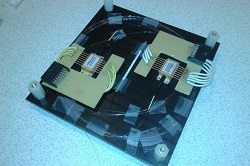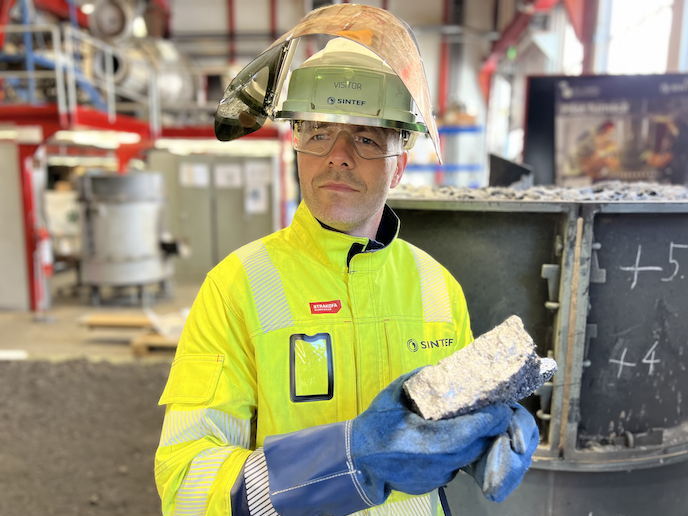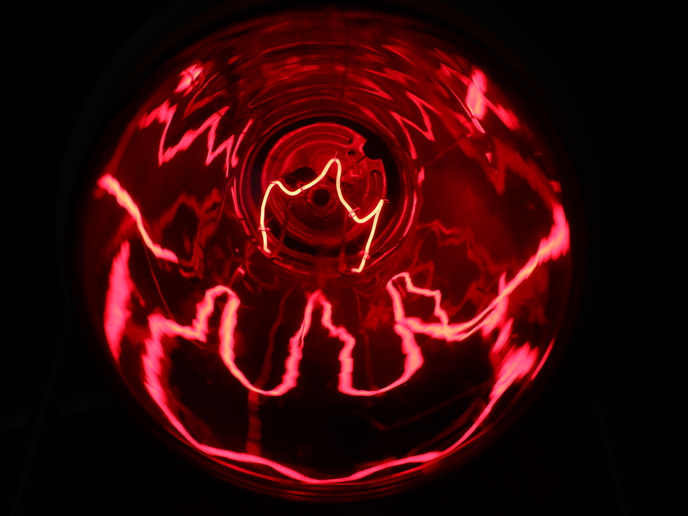Graphene helps shift the paradigm for nonlinear photonic integrated circuits
The creation of a photonic chip capable of mid-infrared (MIR) broadband light generation while being pumped by a small-sized portable MIR laser could be a boon for applications ranging from non-invasive medical diagnostics, to optical testing of water safety. However, today on-chip broadband light generation in the MIR typically requires the use of pump lasers which are bulky and so impractical for widespread adoption. The EU-funded GRAPHENICS(opens in new window) (Graphene-enabled on-chip supercontinuum light sources) project has demonstrated spectral broadening of MIR light in graphene-covered silicon photonic waveguides, pumped by a small-sized fibre laser developed in-house, with a MIR emission wavelength well beyond 2 micron. This ground-breaking innovation lays the foundation for graphene- on-silicon-based nonlinear photonic integrated circuits, as well as paves the way for the use of MIR on-chip supercontinuum light sources in real-life applications. Bringing the pump laser and graphene-covered chip together Spectrally broadband light generation, also referred to as ‘supercontinuum generation’, relies on nonlinear optical phenomena such as self-phase modulation (SPM). One of the defining characteristics of SPM is that the light wave actually alters the material properties of the media in which it travels. This alteration is exhibited by a wide array of materials but is particularly strong in the two-dimensional material of graphene, provided that it is properly harnessed. MIR spectral broadening was accomplished by the GRAPHENICS team through SPM in a silicon photonic chip covered with graphene, with the pump light for the SPM process being provided by a novel, small-sized pulsed MIR fibre laser. Outlining the GRAPHENICS investigative approach, the project coordinator Prof. Nathalie Vermeulen recollects, ‘Performing every step in the R&D cycle for the chips, we made fundamental nonlinearity calculations for isolated graphene, while also modelling and designing the graphene-covered waveguide devices. Our fabrication tasks included graphene growth, deposition, patterning, and doping directly on top of the photonic waveguides. Our proof-of-concept experiments entailed both linear and nonlinear characterisation of the devices. And in parallel we also developed the compact MIR fibre pump laser.’ An entirely novel finding was that, in contrast to common belief, graphene’s third-order optical nonlinearity, underpinning the SPM process, exhibits a negative sign rather than a positive one. As Prof. Vermeulen explains, ‘Typically, materials used for fabricating (on-chip) nonlinear optical devices exhibit a third-order nonlinearity with a positive sign. This nonlinearity could be enhanced by introducing materials exhibiting a higher third-order nonlinearity with a positive sign. Researchers assumed that graphene would fulfil these conditions, until we found that its nonlinearity features a negative sign.’ This discovery highlighted the weaknesses as well as the opportunities of the material for nonlinear photonic chips. The practical implication to ensure that the overall device performance was improved rather than hindered, was that researchers had to take care with the position and surface area of graphene coverage. A ‘high-gain/high-risk’ project with practical applications According to Prof. Vermeulen, both the graphene-covered photonic chip and the compact MIR fibre laser developed in the project are of interest for various applications. As she summarises, ‘When serving as a pump source for MIR supercontinuum generation, the fibre laser could find applications in all-optical glucose monitoring for diabetes patients. As a stand-alone device, it also offers interesting possibilities such as high-sensitivity detection of specific greenhouse gases.’ As a Future and Emerging Technologies (FET) project carried out by ‘Young Explorers’, GRAPHENICS not only contributed to fundamental and interdisciplinary research with an impact on society, but also developed the skills of future European science and technology leaders. The GRAPHENICS work is continuing with the systematic examination of graphene combined with other types of waveguides. The team is also looking into commercial exploitation possibilities for their innovative MIR fibre laser.







